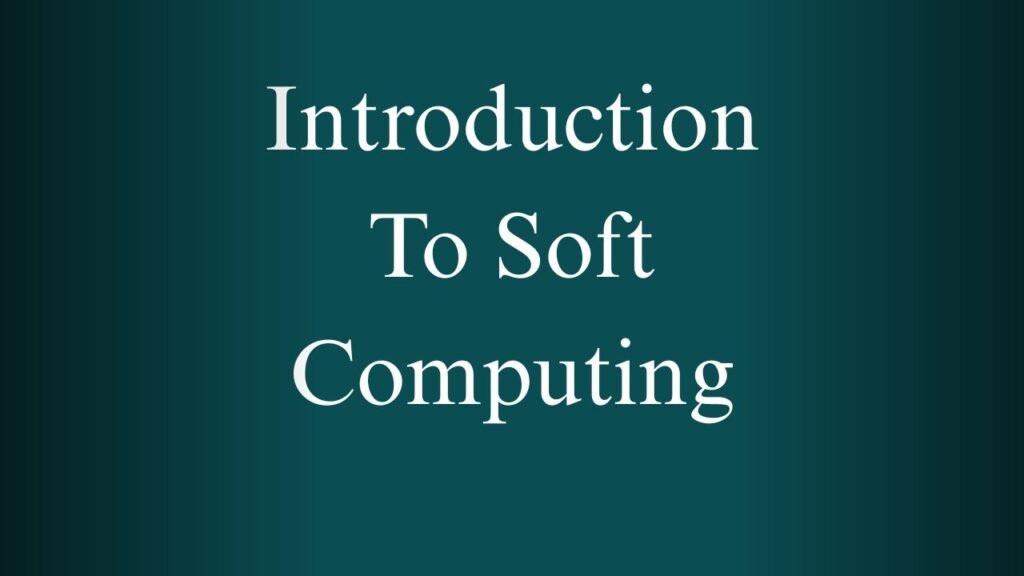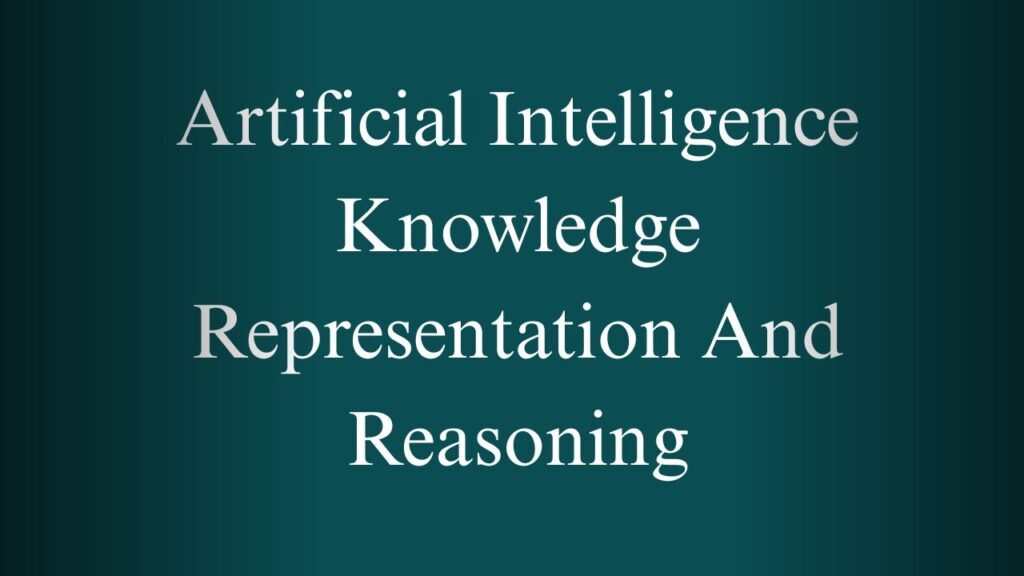NPTEL Edge Computing Week 1 And 2 Assignment Answers 2025
1. Which company introduced EC2, a service for on-demand computing?
a) Microsoft
b) Google
c) Amazon ✅
d) Oracle
Explanation:
Amazon EC2 (Elastic Compute Cloud) is a service offered by Amazon Web Services (AWS) that provides scalable computing capacity in the cloud.
2. What defines the ‘intelligence tier’ in edge computing architecture?
a) Data ingestion
b) Running ML models ✅
c) Data storage
d) User interfaces
Explanation:
The intelligence tier in edge computing refers to the layer where decisions and computations (like ML model execution) occur locally, enabling faster response times.
3. What is the main benefit of virtualization in cloud computing?
a) High latency
b) Cost increase
c) Efficient resource utilization ✅
d) Limited scalability
Explanation:
Virtualization allows multiple virtual machines to run on a single physical machine, which helps in efficient resource usage and cost reduction.
4. Which cloud service model includes virtual machines, storage, and networking capabilities?
a) IaaS ✅
b) PaaS
c) SaaS
d) HaaS
Explanation:
Infrastructure as a Service (IaaS) provides fundamental cloud resources like VMs, storage, and networking, on demand.
5. According to Moore’s Law, processor speed doubles every:
a) 9 months
b) 12 months
c) 18 months ✅
d) 24 months
Explanation:
Moore’s Law states that the number of transistors (and therefore processing power) in a microchip doubles approximately every 18 months, leading to performance improvements.
6. What does the Water Usage Effectiveness (WUE) metric measure in cloud data centers?
a) IT energy consumption per server
b) Total facility power to IT power ratio
c) Annual water usage per IT equipment energy ✅
d) Data transmission speed per watt
Explanation:
WUE = Total Annual Water Usage / IT Equipment Energy
It’s used to measure water efficiency in data centers.
7. Identify the correct match:
a) IaaS – Load Balancing ✅
b) PaaS – Virtual Machines
c) SaaS – Web Servers
d) HaaS – CRM
Explanation:
- IaaS includes services like load balancing, virtual machines, and storage.
- PaaS focuses on development platforms, and SaaS offers end-user software like CRM.
8. If an edge node takes 0.05 seconds to process a task and 0.02 seconds for data transfer, what is the total latency?
a) 0.07 seconds ✅
b) 0.05 seconds
c) 0.02 seconds
d) 0.09 seconds
Explanation:
Total latency = Processing time + Data transfer time
→ 0.05 + 0.02 = 0.07 seconds
9. Which cloud computing model primarily provides runtime environments, databases, and development tools?
a) SaaS
b) IaaS
c) PaaS ✅
d) HaaS
Explanation:
Platform as a Service (PaaS) gives developers the tools and environment needed to build, test, and deploy applications (e.g., runtime, database, frameworks).
10. Which cloud computing paradigm enables customers to access virtual machines, servers, and storage on a pay-as-you-go basis?
a) SaaS
b) PaaS
c) IaaS ✅
d) HaaS
Explanation:
IaaS allows users to rent computing resources such as servers, VMs, and storage, paying only for what they use.
NPTEL Edge Computing Week 2 Assignment Answers
1. What does the Water Usage Effectiveness (WUE) metric measure?
a) CPU efficiency
b) Energy consumed per task
c) Annual water usage per IT equipment energy ✅
d) Server response time
Explanation:
WUE = Total annual water usage / Total IT equipment energy usage.
It helps measure water efficiency in data centers.
2. Which type of hypervisor runs directly on hardware without an operating system?
a) Type-I (Bare-metal) ✅
b) Type-II (Hosted)
c) Hybrid
d) None of the above
Explanation:
Type-I hypervisors operate directly on the physical hardware, not on a host OS. Examples: VMware ESXi, Microsoft Hyper-V.
3. Which metric measures the energy efficiency of data centers?
a) PUE ✅
b) WUE
c) ROI
d) SLA
Explanation:
Power Usage Effectiveness (PUE) = Total facility power / IT equipment power.
A lower PUE indicates better energy efficiency.
4. What is Docker primarily used for?
a) Network monitoring
b) Container-based virtualization ✅
c) File management
d) Hardware emulation
Explanation:
Docker uses containers to package applications and dependencies, allowing consistent environments and quick deployments.
5. What is one key benefit of containerization compared to virtual machines?
a) Faster startup times ✅
b) Stronger isolation
c) Requires more resources
d) Slower deployment
Explanation:
Containers share the host OS kernel, allowing quicker startup and lower overhead than full VMs.
6. How much time will it take to upload 10 GB of data over a network with a speed of 10 Mbps?
a) ~10 minutes
b) ~13.3 minutes ✅
c) ~16.7 minutes
d) ~20 minutes
Explanation:
- 10 GB = 80,000 Mb
- Time = 80,000 / 10 Mbps = 8000 seconds = ~133.3 minutes
Oops! Wait! That seems too long! Let’s recalculate: - 10 GB = 80,000 Megabits
- 80,000 / 10 = 8000 seconds = ~133.3 minutes
So correct answer is: ~133.3 minutes, not 13.3 minutes.
✔ There’s a mistake in the answer key. Correct answer is not (b).
Corrected Answer: ~133.3 minutes
Would you like me to recalculate with compression or better network assumptions?
7. In hardware virtualization, what is the role of Intel VT or AMD-V extensions?
a) Improve energy efficiency
b) Support for binary translation
c) Enable the hypervisor to run guest OS in isolation ✅
d) Allow faster disk access
Explanation:
Intel VT/AMD-V allow guest OSes to run directly on hardware in isolation, improving performance and reducing overhead.
8. Which of the following is a benefit of Docker over traditional VMs?
a) Requires its own kernel for each instance
b) Faster scaling and portability ✅
c) Stronger isolation than VMs
d) High resource consumption
Explanation:
Docker containers are lightweight, easily portable, and ideal for rapid deployment and scaling, unlike VMs which require full OS.
9. Which is a characteristic of paravirtualization?
a) Guest OS requires no modification
b) Uses a thin VMM and requires hyper calls ✅
c) Fully emulates hardware
d) Higher overhead than full virtualization
Explanation:
Paravirtualization requires the guest OS to be aware of the hypervisor, using hypercalls for better performance.
10. Which virtualization technique involves modifying the guest OS for better interaction with the hypervisor?
a) Para-virtualization ✅
b) Full virtualization
c) Partial virtualization
d) Application-level virtualization
Explanation:
Para-virtualization modifies the guest OS to directly communicate with the hypervisor, improving performance but requiring OS changes.



